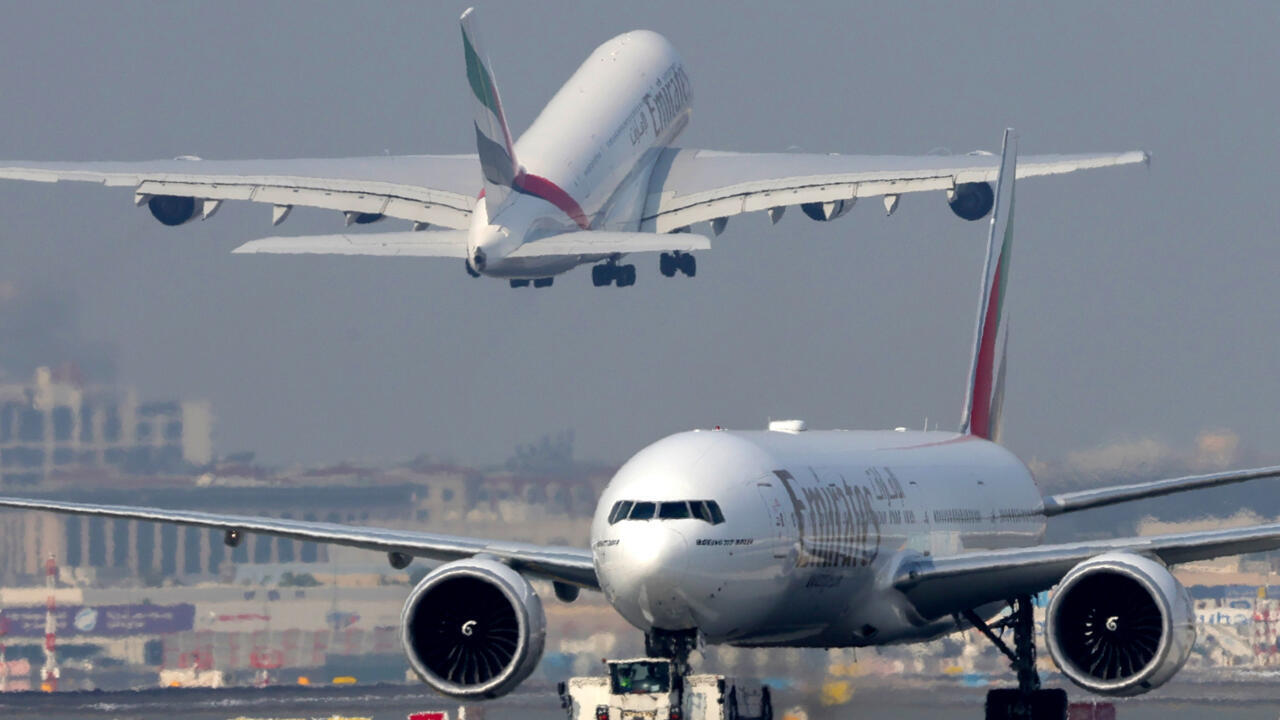Airports in the Middle East and Asia-Pacific are poised for a sweeping overhaul, with governments and partners pledging over $240 billion to develop and upgrade air transport infrastructure. The investment wave is designed to deliver capacity equivalent to over 13 Dubai International Airports (DXB), paving the way for a new generation of international air travel.
The scheduled expansions are a testimony to increasing passenger demand, with new emerging hubs such as Riyadh, Jeddah, Jakarta, and New Delhi set to evolve into next-generation aviation hubs. Airports will experience upgrades from new terminals, runways, and smart technology advancements to complete new greenfield ventures to enhance efficiency and sustainability.
This investment, according to aviation specialists, will reduce congestion, improve connectivity, and augment economic growth in the post-pandemic period. With the aviation industry recovering, this regional initiative heralds a focus on long-term growth and international competitiveness.
Industry observers point to the strategic significance of this expansion, emphasizing that the Middle East and Asia-Pacific are key aviation corridors, being bridges between the East and West. With passenger traffic set to explode in the next few decades, this buildout of infrastructure will define the future of air travel.





